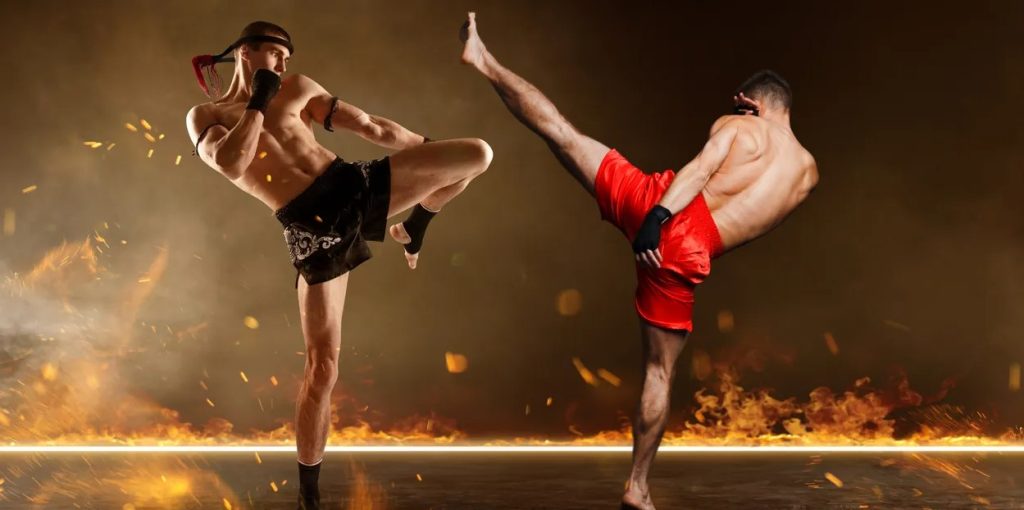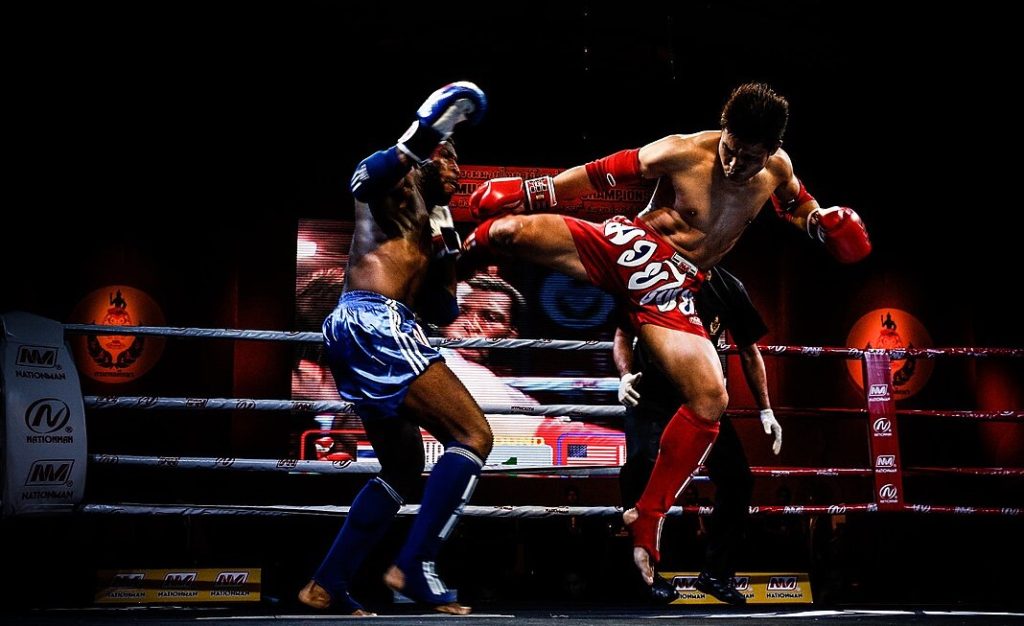Muay Thai, the “Art of Eight Limbs,” is a combat sport deeply rooted in Thai culture and history. While its fierce strikes and powerful clinches are what capture most people’s attention, the traditions behind the sport carry just as much significance. One of the most recognizable cultural accessories in Muay Thai is the armband, known in Thai as Pra Jiad (ประเจียด). These armbands are not just decorative — they carry symbolic, spiritual, and historical meaning.

Table of Contents
Historical Origins of the Pra Jiad
The tradition of wearing Pra Jiad traces back to ancient Siamese warriors. Before going into battle, warriors would tear off a piece of cloth from a loved one’s clothing — often their mother’s or sister’s — and tie it around their arm. It was believed to bring luck, protection, and strength in battle.
Over time, this ritual became embedded in the culture of Muay Thai, where combat carries both sport and warrior symbolism.
| Aspect | Historical Relevance |
|---|---|
| Origin | Ancient Siamese battle ritual |
| Purpose | Protection, luck, emotional strength |
| Material | Cloth from loved ones’ garments |
| Carriers | Soldiers, later Muay Thai fighters |
Cultural and Spiritual Significance
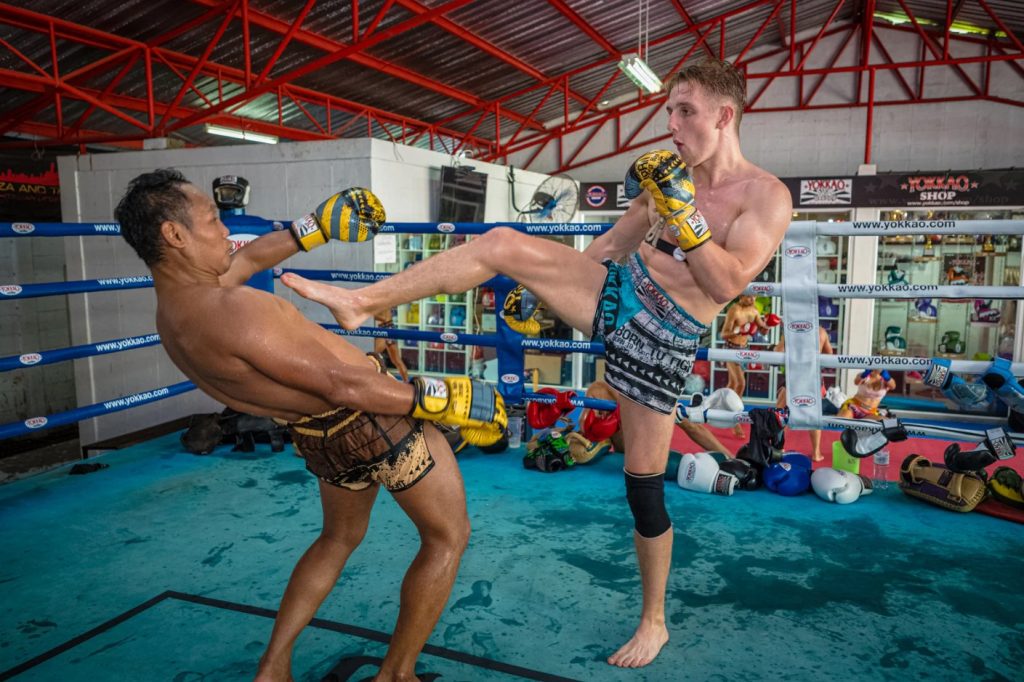
In traditional Muay Thai, the Pra Jiad isn’t just a symbol — it’s spiritually charged. Fighters often bless the armbands through a ceremonial ritual led by a monk or master. These rituals are thought to infuse the Pra Jiad with protective powers and inner strength.
Here’s a breakdown of the symbolic meanings often associated with the Pra Jiad:
| Symbolism | Description |
|---|---|
| Protection | Believed to guard against injury and negative energy |
| Strength | A mental boost reminding the fighter of their roots |
| Honor | Represents family pride and respect for teachers (Kru) |
| Spirituality | Often blessed by monks, invoking divine protection |
Rituals Involving the Pra Jiad
The Pra Jiad plays an important role in the Wai Kru Ram Muay, the traditional dance performed before a match. This dance is an homage to the fighter’s teacher and ancestors, and is often performed with both the Pra Jiad and another sacred item: the Mongkhon (headband).
The ritual process includes:
- Blessing the Pra Jiad by a monk or trainer.
- Tying the armbands on just before the match, usually by a respected trainer.
- Performing Wai Kru, with the Pra Jiad in place, to pay respect.
Modern Use in Muay Thai

Today, Muay Thai fighters — both in Thailand and internationally — continue to wear Pra Jiad as a symbol of tradition and motivation. However, its use has slightly evolved:
- Amateur Fighters: Often receive Pra Jiad after training milestones.
- Professional Fighters: Wear it in official matches as part of their fighting gear.
- Gyms/Schools: May create unique Pra Jiad with gym colors or logos.
| Fighter Level | Pra Jiad Usage | Customization |
|---|---|---|
| Beginner | Sometimes optional | Generic cloth or colored band |
| Amateur | Given after progress | Gym colors or traditional |
| Professional | Always used in matches | Often personalized or blessed |
Material and Design Variations
While traditionally made from cloth torn from garments, today’s Pra Jiad comes in various materials, designs, and colors. Some gyms standardize them to show ranks or affiliations.
| Feature | Traditional | Modern |
|---|---|---|
| Material | Cloth from family garments | Nylon, cotton, embroidered fabric |
| Colors | Neutral or personal | Team colors, national flags |
| Symbols | None or sacred markings | Logos, mantras, Thai script |
| Craftsmanship | Hand-tied by family/trainer | Commercially produced or customized |
Gender and Cultural Sensitivity
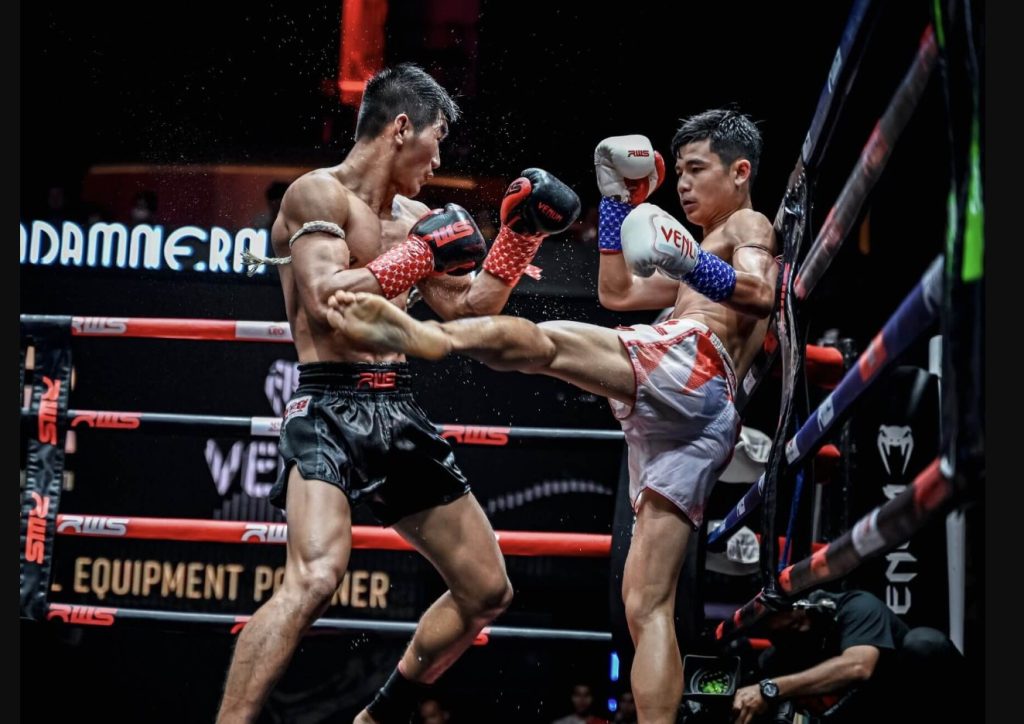
Though Muay Thai is a deeply spiritual practice, it’s also evolving. In traditional Thai stadiums, women were historically forbidden from wearing the Mongkhon or stepping into the ring over the top rope. While Pra Jiad rules have been more inclusive, some rituals may still differ for female fighters depending on the gym or temple beliefs.
| Gender | Pra Jiad Access | Notes |
|---|---|---|
| Male Fighters | Full access to Pra Jiad and Mongkhon | Traditional blessings performed |
| Female Fighters | Access to Pra Jiad (sometimes adapted) | Some traditions may vary |
| International Fighters | Access varies by gym/trainer | Cultural sensitivity important |
Symbol of Loyalty and Brotherhood
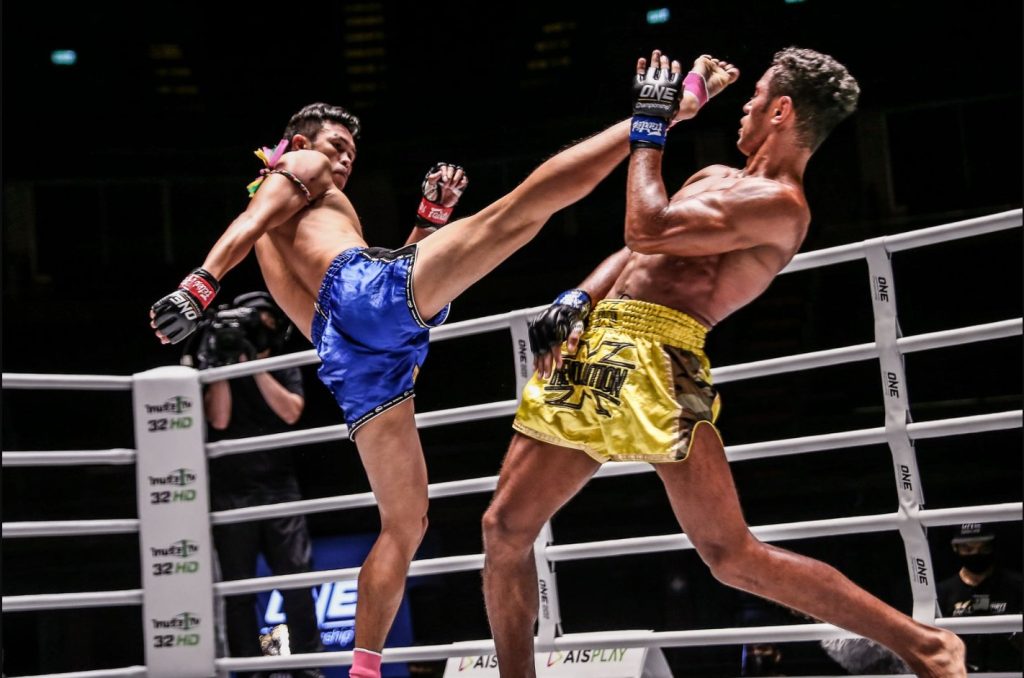
Another key aspect of the Pra Jiad is that it often symbolizes belonging to a specific gym or loyalty to a teacher. Some fighters carry their Pra Jiad through their entire career as a symbol of where they started. In Muay Thai culture, loyalty is highly prized — switching gyms without permission is frowned upon.
| Pra Jiad Represents | Example |
|---|---|
| Gym Affiliation | Fighter wears colors of their camp |
| Teacher’s Blessing | Given by Kru as a token of pride |
| Brotherhood | Shared by fighters from the same lineage |
The Pra Jiad is far more than just a piece of cloth on a Muay Thai fighter’s arm — it is a powerful emblem of tradition, spirituality, and identity. Whether serving as a token of protection, a symbol of respect, or a badge of honor, the armband bridges the gap between Muay Thai’s ancient warrior roots and its global modern presence.
As Muay Thai continues to grow internationally, the Pra Jiad remains a reminder that every strike, every round, and every victory carries with it the weight of tradition and the heart of a fighter.
